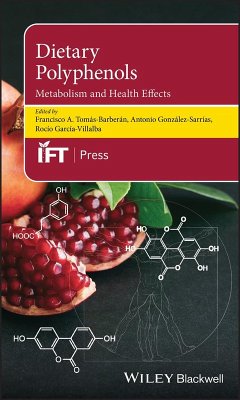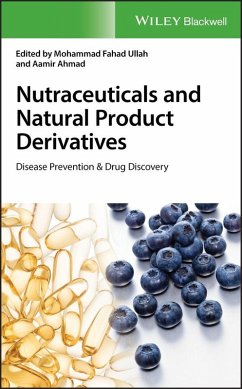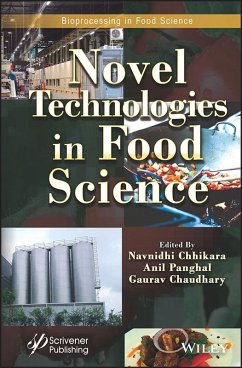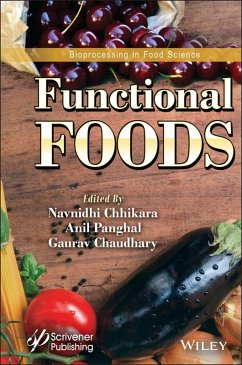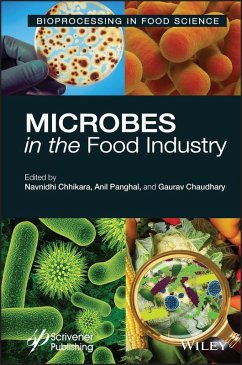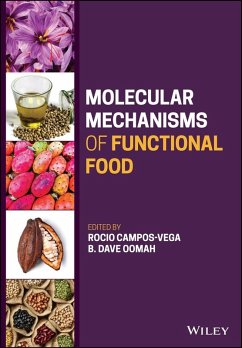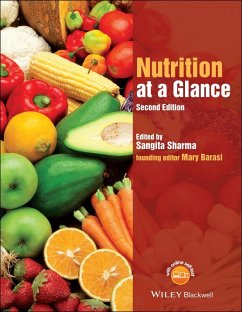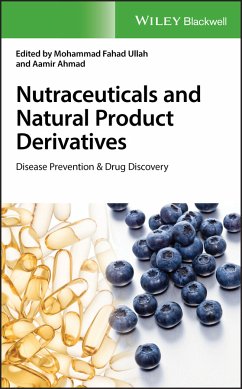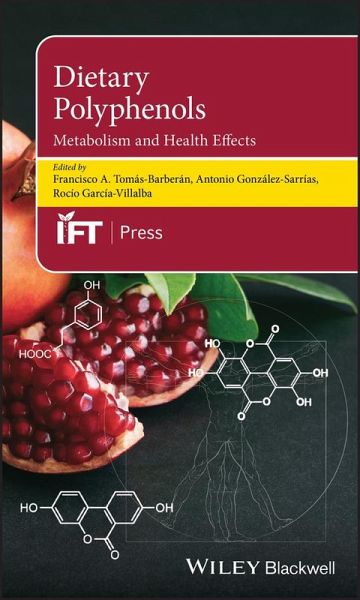
Dietary Polyphenols (eBook, ePUB)
Metabolism and Health Effects
Redaktion: Tomás-Barberán, Francisco A .; García-Villalba, Rocío; González-Sarrías, Antonio
Versandkostenfrei!
Sofort per Download lieferbar
218,99 €
inkl. MwSt.
Weitere Ausgaben:

PAYBACK Punkte
0 °P sammeln!
Presents recent research on metabolism and the health effects of polyphenols Consumer interest in the health benefits of many phenolic compounds found in plant foods and derivatives has grown considerably in recent years, giving rise to an increased demand for functional foods. Although preclinical and observational studies have promoted the protective properties of polyphenols for a range of chronic diseases, evidence has shown that most dietary polyphenols have little bioavailability. Once ingested, most of them are metabolized by either the intestinal enzymes or by the gut microbiota and th...
Presents recent research on metabolism and the health effects of polyphenols Consumer interest in the health benefits of many phenolic compounds found in plant foods and derivatives has grown considerably in recent years, giving rise to an increased demand for functional foods. Although preclinical and observational studies have promoted the protective properties of polyphenols for a range of chronic diseases, evidence has shown that most dietary polyphenols have little bioavailability. Once ingested, most of them are metabolized by either the intestinal enzymes or by the gut microbiota and then undergo extensive phase-II metabolism reaching significant concentrations of conjugated metabolites. They remain in the systemic circulation and target systemic tissues where trigger biological effects. The polyphenol-derived metabolites produced in humans are dependent upon the composition of the gut microbiota and the subject genetics. Thus all the metabolites do not show the same biological activity in different individuals. To fully understand the health effects of polyphenols, further clinical investigations are required. Dietary Polyphenols describes the latest findings on the polyphenol metabolism and reviews the current evidence on their health effects and that of their bioavailable metabolites. Emphasizing the importance of interindividual variability and the critical role of gut microbiota, this authoritative volume features contributions from recognized experts in the field, exploring specific families of extractable and non-extractable phenolic compounds that exhibit potential health effects. Topics include structural diversity of polyphenols and distribution in foods, bioavailability and bioaccessibility of phenolics, metabolism, and gastrointestinal absorption of various metabolites and their health effects. This comprehensive volume: * Discusses the bioavailability, bioaccessibility, pharmacokinetics studies, and microbial metabolism of different groups of phenolic compounds * Examines the interaction between polyphenols and gut microbiota * Describes analytical methods for identifying and quantifying polyphenols in foods and biological samples * Reviews recent epidemiological and clinical intervention studies showing protective effects of polyphenols Dietary Polyphenols: Metabolism and Health Effects is an important resource for scientists working in the area of dietary polyphenols and health effects, microbiota, and their interaction with other nutritional compounds, and for health professionals, nutritionists, dieticians, and clinical researchers with interest in the role of polyphenols in the prevention and treatment of chronic diseases.
Dieser Download kann aus rechtlichen Gründen nur mit Rechnungsadresse in A, B, BG, CY, CZ, D, DK, EW, E, FIN, F, GR, HR, H, IRL, I, LT, L, LR, M, NL, PL, P, R, S, SLO, SK ausgeliefert werden.




